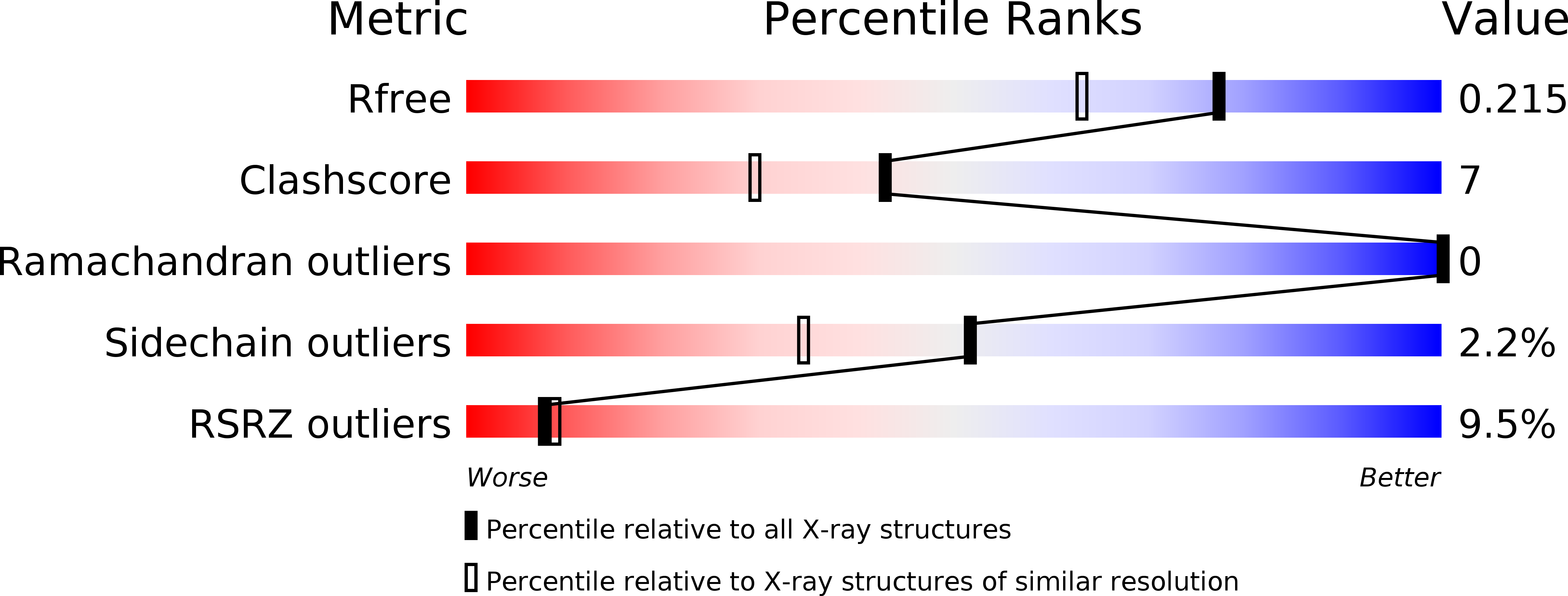
Deposition Date
2015-06-10
Release Date
2015-09-16
Last Version Date
2024-01-10
Entry Detail
PDB ID:
5BY4
Keywords:
Title:
Structure and function of the Escherichia coli Tol-Pal stator protein TolR
Biological Source:
Source Organism:
Escherichia coli (Taxon ID: 562)
Host Organism:
Method Details:
Experimental Method:
Resolution:
1.70 Å
R-Value Free:
0.21
R-Value Work:
0.17
R-Value Observed:
0.17
Space Group:
P 65 2 2


